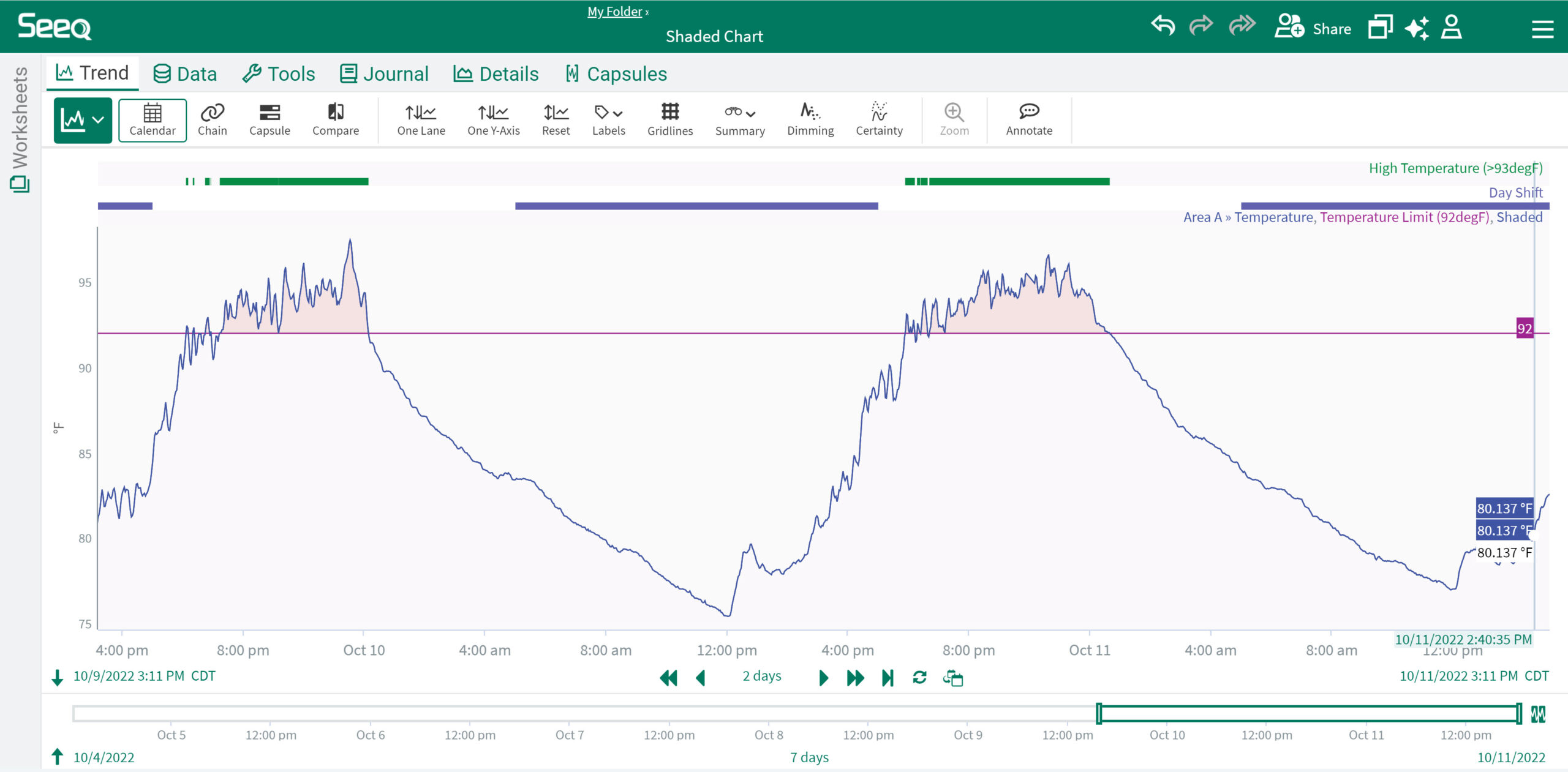First-class RCM project planning begins with asking and then finding the answers to the following four questions: Let’s address these questions collectively and suggest some answers. Simply put, you have to determine where it is you wish to be when the journey is over. Is this just a trial balloon, to see if RCM is for you, or have you decided on using RCM as one of the primary tools in d...
First-class RCM project planning begins with asking and then finding the answers to the following four questions:
-
What is your end goal?
-
What resources (manpower, materials, tools, commitments) will you need?
-
How will you secure and keep these resources?
-
What hazards and obstacles could lie along the way (e.g. competing fiefdoms, availability of resources, changing commitments, lack of ownership)?
-
Let’s address these questions collectively and suggest some answers.
Simply put, you have to determine where it is you wish to be when the journey is over. Is this just a trial balloon, to see if RCM is for you, or have you decided on using RCM as one of the primary tools in developing your new and cost-effective PM program? Either question requires that you first establish understandable and achievable goals. That is not to say that some or all of these goals may not change over time, but you must develop a viable vision of the future—you need to have a plan.
A good plan will consider all aspects of the project from its beginning, to its completion, and beyond. Here are a few questions you should ask yourself. This list is, by far, not complete but it should get you thinking, and that is what good planning is all about.
Planning:
From whom and at what level of management do I need to obtain approvals? Remember that RCM must be supported from the very top of any organization if it is to be successful and have a long and productive life expectancy.
1 . Where will the funding come from? You need to plan for:
-
Computers and software
-
Consultants
-
Salaries for the company people involved in the project (craft, facilitator, instruction/procedure writers, planners, etc.)
-
Purchase of new equipment to support the methods recommended by the RCM analysis; e.g., vibration or thermography equipment
-
Binders, supplies, and miscellaneous materials.
-
2 . Who is the RCM champion? This question is usually connected with obtaining management support. A recognizable champion with a close and positive relationship with the troops must emerge during the pilot phase of the planning process. It is this person who will carry the RCM torch. If there is no RCM champion, there is no lasting RCM program.
3 . Do you need the approval and support of other groups, organizations, or individuals outside your direct control? This is critical, especially if you require use of resources that they control. Some of these groups would include:
-
Operations
-
Other support groups, such as PdM groups
-
Planning and work control—CMMS
-
Administrative types, e.g. budget, purchasing agents
-
Clerical staff.
-
4 . How will the recommendations be implemented? This has traditionally been the stumbling block, the difference between a successful RCM program and one that is not. Among the questions to ask:
-
Do you have an implementation plan?
-
Can your team directly implement all the recommendations?
-
Who else has a role in implementing the recommendations, and how will you obtain and then sustain their support?
-
What is the impact on your CMMS?
-
How will IOIs (items of interest) be assigned, progress tracked and reported, and the ROI (return on investment) calculated?
-
What is the impact on other company systems; e.g., stores, accounting?
-
5 . What are the potential organizational impacts when this program is implemented? Who will do what tasks; e.g., will operations be expected to do maintenance and will they do it? Are there fears of staff reductions? You should define:
-
Plant staffing levels
-
How the is plant organized
-
How the work will be assigned.
-
6 . How will you measure success, and, very importantly, what are the metrics to be employed? Below are some suggestions.
Short term
-
Progress reporting on specific RCM analyses
-
RCM systems completed
-
Changes to PM program implemented
-
Preliminary ROI from IOIs, especially any high impact or dollar findings.
-
Long Term
-
Change in the total maintenance cost — anything down is good
-
Change in the forced outage rate on RCM versus non-RCM systems and even components
-
Any CM events which RCM missed, and what is being done to ensure it will not happen again
-
Long-term ROI, both measured and anticipated from implementing IOIs.
-
7 . How will you keep management informed as to the progress being made, and how will it be accomplished? The more visible the program is, the more likely it will continue to be supported — get on their weekly agenda. Also, don’t be afraid to report improvement opportunities (e.g., problems)—just have a suggested solution handy.
The last two items in this short list, metrics and reporting, are the primary keys to the success of any program. We have found that some form of progress reporting is generally quite effective in the near term. It can focus on the number of subsystems or systems completed. Reporting must include any big items of interest that the team uncovered — remember that these are pearls of great value.
As your RCM program gets more entrenched in the daily life of the plant, it is important that you report on metrics that have a measurable value, especially ones indicating the dollar impact on the bottom line that the program is making. Soft metrics, like avoided cost and other metrics that have a lot of “trust me” in them, do not float the ship.
Seek an alliance with your financial group to establish metrics, such as the overall impact on the total cost of maintenance. It is the direction of the bottom line (i.e., profitability) that is important. By involving finance early on, you gain tremendous leverage, and your reporting metrics will not be questioned.
Each of these questions begs yet more questions. You may not be able to anticipate them all, but you need to try. The more complete your planning before the project is started, the better your chance of approval, including buy-in and acceptance of the new maintenance paradigm from both management and those who must implement it.
Any impact, be it direct or indirect, on the resources or fiefdoms of others outside of your direct control must be foreseen, and the necessary commitments obtained, or the lords of these fiefdoms will lie in wait like a sleeping dragon, rise up, and devour you and your project. A word to the wise!
Printed with permission from Butterworth-Heinemann, a division of Elsevier, from RCM—Gateway to World Class Maintenance, by Anthony M. Smith, AMS Associates Inc. in California, and Glenn R. Hinchcliffe, Consulting Professional Engineer, G&S Associates Inc. in North Carolina. Copyright 2004. For more information about this title and similar titles, please visit www.books.elsevier.com
-
-
-
-
-
-



